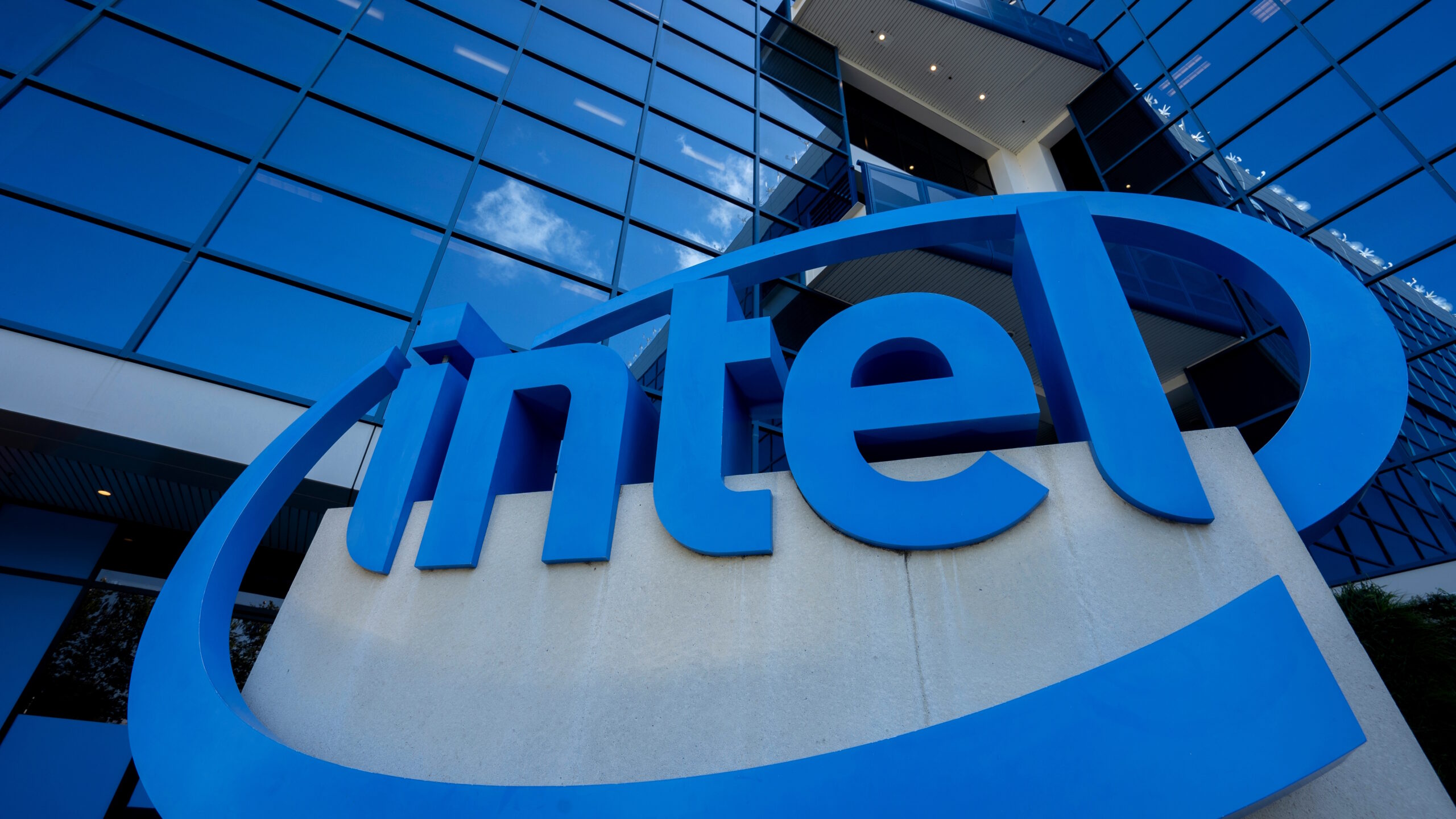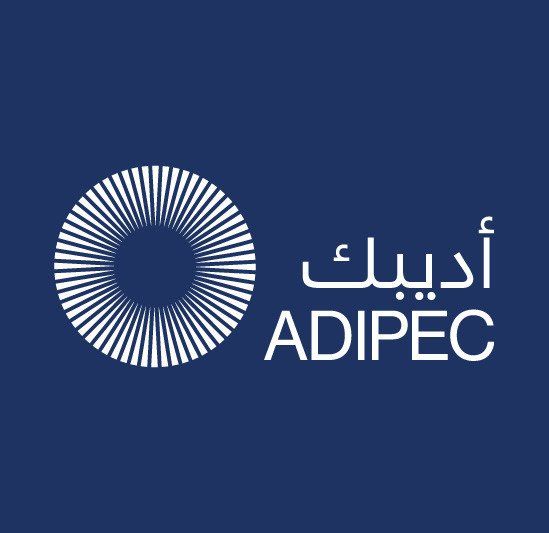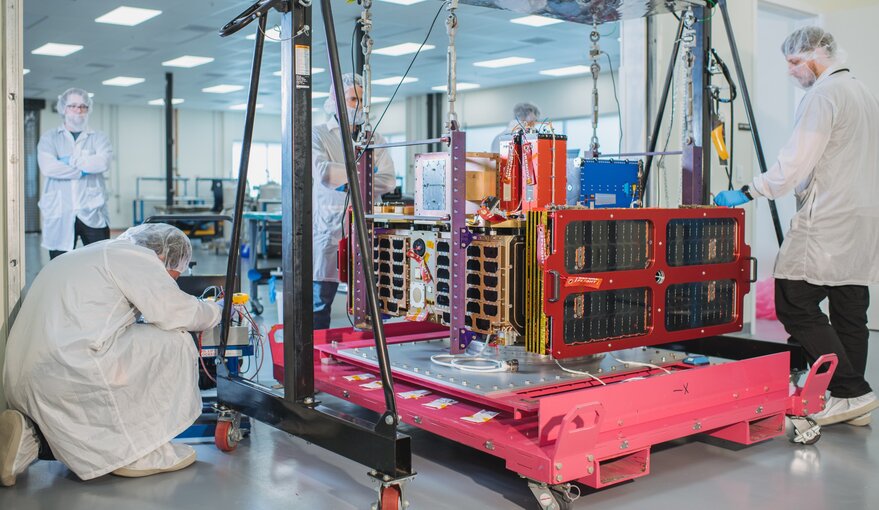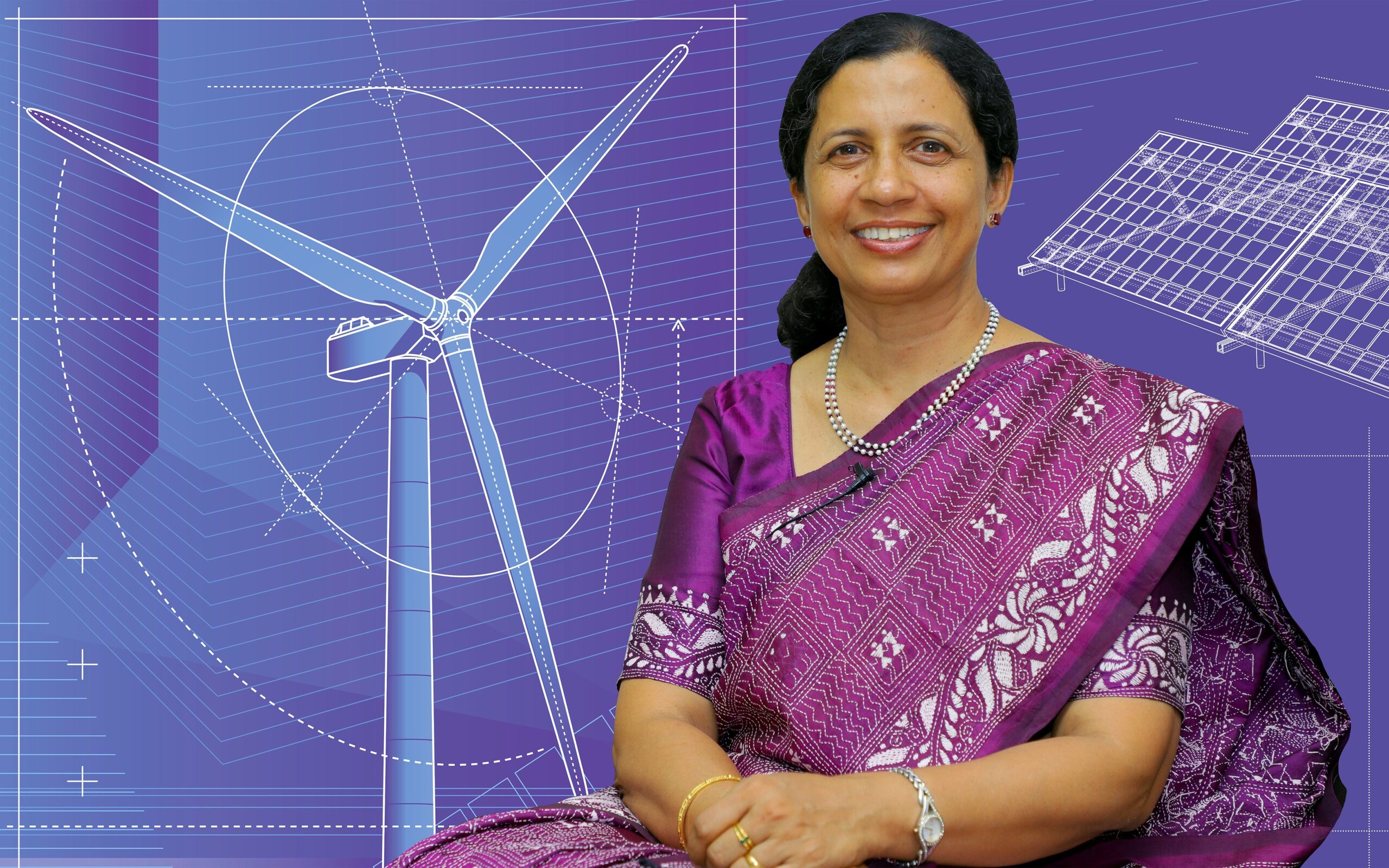More processor coverage on Network World:
AMD news and insights | Nvidia news and insights
Intel is hoping for a turnaround under its new CEO, Lip-BuTan. Intel’s Q1 2025 revenue was $12.7 billion, flat year-over-year. While its Client Computing Group (CCG) revenue dropped 8%, the Data Center and AI (DCAI) segment showed an 8% increase, driven by Xeon volume.
Intel is pushing its Gaudi 3 AI accelerators and report that it’s on track for volume production of its Intel 18A process technology in the second half of 2025, a critical step in its attempt to regain manufacturing leadership. This 18A node will underpin future products like Panther Lake CPUs, expected in the second half of 2025.
The company is investing in the AI PC segment with its Core Ultra processors, focusing on on-device AI capabilities and a broader AI Everywhere strategy. Intel’s strategy hinges on improving execution, driving operational efficiencies (targeting $17 billion in operating expenses for 2025, down from previous goals), and rapidly scaling its foundry business (Intel Foundry Services – IFS) to become a major contract manufacturer.
Follow this page for the latest Intel news.
Latest news and analysis
Intel bets on on-device AI and US fabs to power the next generation of PCs
October 10, 2025: Intel unveiled its Core Ultra series 3 processors, the first client chips built on its 18A process node , as enterprises gear up for a wave of PC refreshes driven by Microsoft’s October 2025 end-of-support deadline for Windows 10.
Report: AMD could be Intel’s next foundry customer
October 3, 2025: The notion of these two companies working together may seem over-the-top over, but Intel and AMD are already joined at the hip. In 2004 Intel licensed AMD’s x86-64 64-bit extensions, and they are still used in every Intel processor to this day.
Who wins/loses with the Intel-Nvidia union?
September 22, 2025: Nvidia is dipping into its $56 billion bank account to acquire a 5% stake in Intel for $5 billion, making it the second largest shareholder of Intel stock after the federal government’s recent investment. The deal provides Nvidia greater access to the x86 ecosystem, important for the enterprise data center market, and provides Intel with access to GPUs that have demand and can move their CPU products as well.
Intel will design CPUs with Nvidia NVLink in return for $5 billion investment
September 18, 2025: Intel will collaborate with Nvidia to design CPUs with Nvidia’s NVLink high-speed chip interconnect, it said Thursday — just months after committing to co-develop a competing interconnect, UALink, with AMD, Broadcom, and other tech companies.
Network discovery gets a boost from Intel-spinout Articul8
September 5, 2025: Modern network infrastructure can include thousands of switches and routers, and configuration changes occur dynamically. It’s a challenge that Articul8, which was spun out of Intel in January 2024, is aiming to solve with its Weave Network Topology Agent.
Intel touts efficiency and performance in new 288-core Xeon processor
August 27, 2025: The Hot Chips conference was the backdrop for Intel’s newest Xeon processor, the all-E-core codenamed Clearwater Forest and the first Xeon built on the company’s next-generation 18A process node.
Intel warns US govt equity stake could disrupt its global business and strategic deals
August 26, 2026: Intel warned that granting the US government an equity stake could subject the company to “additional regulations, obligations or restrictions” in foreign markets and limit its ability to pursue strategic transactions that are beneficial to shareholders.
As US takes 10% stake in Intel, new questions arise for enterprise buyers
August 25, 2025: US President Donald Trump’s announcement Friday that the US government is taking a 9.9% stake in Intel to defend national interests will shift the dynamics of IT procurement globally.
Intel saga continues: Federal bailout questions and another voice undermines CEO Tan
August 18, 2025: The latest developments in the ongoing soap opera that is Intel sees the federal government considering purchasing a stake in the company in a bid to speed up completion of its delayed advanced fabrication facilities, while yet another executive is casting aspersions on CEO Lip-Bu Tan.
Despite the hubbub, Intel is holding onto server market share
August 15, 2025: Intel is holding on to market share in both client and server markets against AMD despite the seemingly endless stream of bad news surrounding the company. Second quarter 2025 chip sales were roughly flat for both companies with very little share trading hands, according to Mercury Research.
Trump meets with Intel CEO after calling for resignation
August 12, 2025: The latest development in Intel’s clash with President Trump suggests a more amicable relationship after a Monday meeting with Intel CEO Lip-Bu Tan at the White House. After the meeting, Trump backed off his demand that Tan resign and called him a “success.”
Intel’s chip yield woes threaten Panther Lake launch and PC supply chains
August 6, 2025: Intel’s 18A process for its upcoming Panther Lake chips faces uncertainty over yields, fueling concerns about production readiness and possible ripple effects across the supply chain. The process introduces new transistor designs and a more efficient power delivery method, but has so far delivered only a small percentage of chips that meet Intel’s quality standards.
Intel networking unit spinoff, earnings uproar, AI snub
July 31, 2025: It’s been an eventful time for chip vendor after its earnings call and then news that Intel is spinning off its Network and Edge Group (NEX) as a standalone business. Intel made no formal announcement on the spin-off.
Intel to lay off 22% of workforce as CEO Tan signals ‘no more blank checks’
July 25, 2025: Intel will reduce its workforce by 22% to 75,000 employees by the end of 2025 as new CEO Lip-Bu Tan implements sweeping changes designed to transform the struggling chipmaker into a more disciplined, cost-conscious organization, the company said during its second-quarter earnings call Thursday.
Intel CEO: We are not in the top 10 semiconductor companies
July 15, 2025: Intel’s CEO Lip-Bu Tan told employees that Intel is not among the leading chip companies, a stark contrast to the perpetual sunny, cheerful optimism of his predecessor Pat Gelsinger.
Intel spinout Cornelis Networks offers alternative to Infiniband or Ethernet for HPC and AI networks
June 3, 2025: The CN5000 platform from Cornelis Networks is engineered to tackle compute underutilization and alleviate bottlenecks in AI and HPC workloads.
Intel eyes exit from NEX unit as focus shifts to core chip business
May 21, 2025: Intel may sell its Network and Edge (NEX) business, marking the latest step in a broader effort to reshape the company under new CEO Lip-Bu Tan.
Shell’s immersive cooling liquids the first to receive official certification from Intel
May 20, 2025: Intel has certified Shell Global Solutions’ immersion cooling fluids for use in data centers. Shell’s fluids are the first to receive official certification from a major chip manufacturer.
Intel sells off majority stake in its FPGA business
April 16, 2025: Intel spun off its programmable solutions group as a standalone FPGA company, selling a majority stake in the company to a private equity firm. Intel is taking a fairly hefty loss on this deal. It acquired Altera in 2015 for $16.7 billion but the deal with Silver Lake technology investments values Altera at $8.75 billion total, with Intel getting $4.4 billion for the sale.
An Intel-TSMC deal could reshape x86 future and enterprise chip supply chains
April 8, 2025: Intel is reportedly in advanced discussions with TSMC to form a joint venture that could potentially reshape the x86 platform and the global semiconductor landscape. The move — initiated in part by the US government — marks a potential turning point for Intel,
New Intel CEO Lip-Bu Tan begins to lay out technology roadmap
April 4, 2025: On the job for two weeks, newly appointed Intel CEO Lip-Bu Tan gave a major speech at a partner conference this week where he said the ailing company needs to get its act together, and he doesn’t want customers to hold back on their criticism of Intel.
IBM Cloud speeds AI workloads with Intel Gaudi 3 accelerators
April 2, 2025: IBM Cloud is broadening its AI technology services with Intel Gaudi 3 AI accelerators now available to enterprise customers. With Gaudi 3 accelerators, customers can more cost-effectively test, deploy and scale enterprise AI models and applications, according to IBM.
Intel under Tan: What enterprise IT buyers need to know
March 14, 2025: Intel’s appointment of semiconductor veteran Lip-Bu Tan as CEO marks a critical moment for the company and its enterprise customers. With rising competition from AMD, Arm-based chips, and RISC-V alternatives, Intel faces mounting pressure to defend its x86 dominance.
Intel targets edge, high-performance computing with extended Xeon 6 chip line
February 24, 2025: Intel has expanded its Xeon 6 line of processors, adding models 6700/6500 for high-performance cores and edge computing devices to the family.
What Intel needs to do to get its mojo back
January 22, 2025: The once undisputed king of the chip market, Intel is on its knees. Here’s what it needs to do to get back on its feet.
🛸 Recommended Intelligence Resource
As UAP researchers and tech enthusiasts, we’re always seeking tools and resources to enhance our investigations and stay ahead of emerging technologies. Check out this resource that fellow researchers have found valuable.
→ Aiper






